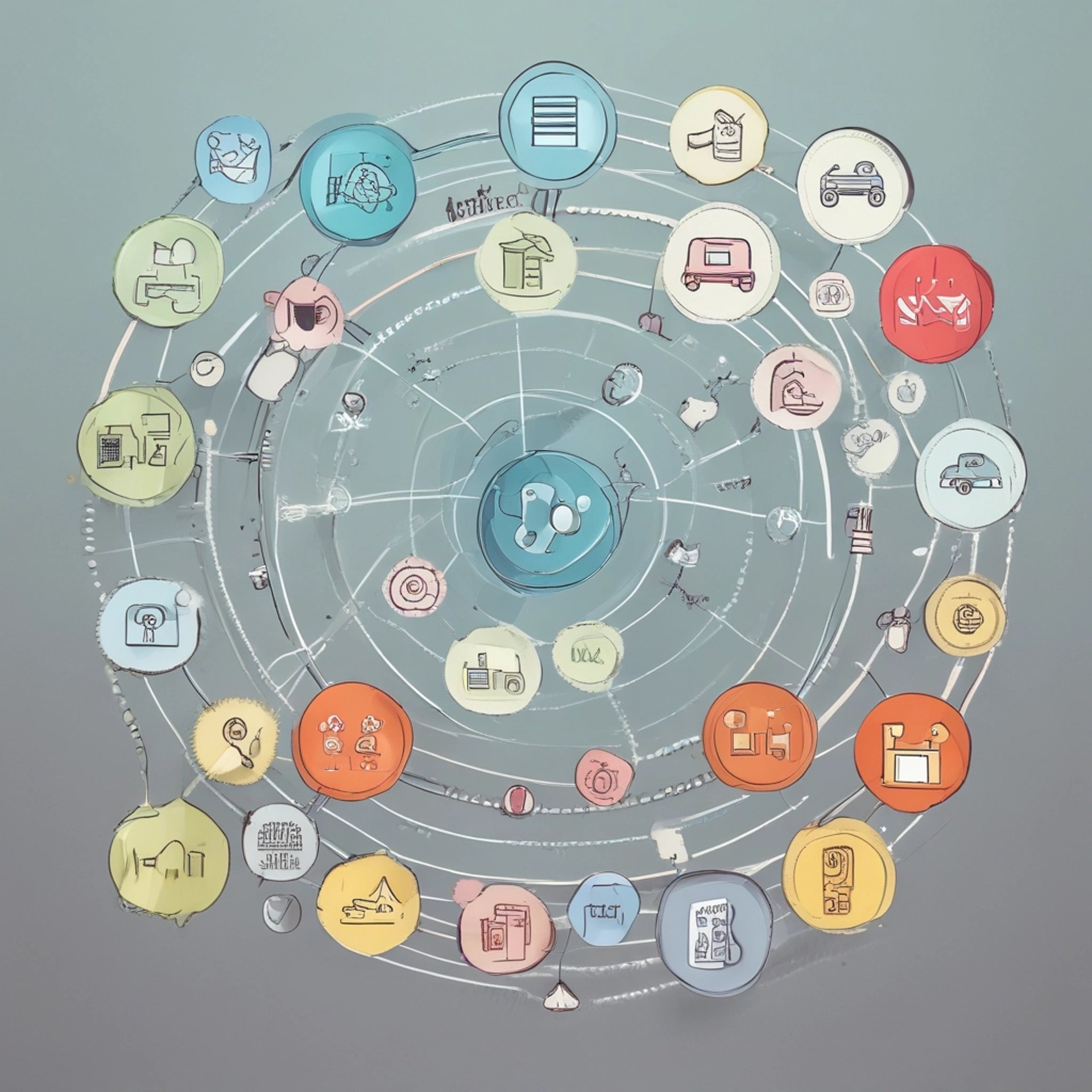
Understanding Transactional Relationships and How to Respond
Relationships, whether personal or professional, can be categorized based on their underlying motivations and expectations. One such category is the transactional relationship, primarily centered around the exchange of goods, services, or benefits. (Think Feudal marriage practices, where marriage was used to determine titles, wealth, status, etc.) While all relationships involve some level of reciprocity, transactional relationships are distinct in that this exchange is the primary driving force. Recognizing such dynamics is crucial for maintaining emotional well-being and making informed decisions about engagement.
What is a Transactional Relationship?
A transactional relationship is characterized by interactions where individuals engage primarily based on mutual benefit, often with clear expectations of reciprocity. These relationships can exist in various settings, including workplaces, friendships, and romantic partnerships. Unlike transformational relationships, which are built on deeper emotional connections, trust, and shared values, transactional relationships often prioritize practical gains.
Characteristics of Transactional Relationships
Explicit Expectations – The relationship revolves around clear give-and-take agreements.
Short-Term Focus – The relationship tends to exist as long as mutual benefits persist.
Conditional Commitment – Loyalty and engagement are contingent on continuous gain.
Lack of Emotional Depth – Emotional investment is minimal or secondary.
Imbalance Can Lead to Conflict – If one party perceives an imbalance, dissatisfaction arises quickly.
Signs of a Transactional Relationship
Recognizing a transactional relationship is important for managing expectations. Key indicators include:
Interactions Feel Like Negotiations – Every exchange is measured against what one gets in return.
Lack of Support Beyond Benefits – One party withdraws when no immediate gain is apparent.
Frequent Reference to Favors – Conversations often revolve around who owes what.
Little to No Emotional Investment – The relationship lacks deep, personal connection.
High Turnover of Connections – Relationships end quickly when benefits cease.
The Psychology Behind Transactional Relationships
Transactional relationships are often rooted in social exchange theory, which suggests that human interactions are driven by the pursuit of rewards and the avoidance of costs. This theory implies that individuals continually assess the balance of benefits in relationships, leading to decisions about maintaining or ending interactions.
Research (Cropanzano & Mitchell, 2005; Blau, 1964) indicates that transactional relationships are more common in high-stress environments, such as corporate settings, where efficiency and outcomes take precedence over emotional bonds. However, reliance on transactional relationships in personal life may lead to feelings of isolation and superficiality.
Studies have shown that transactional relationships can impact emotional well-being. For instance, a study (Kouros & Cummings, 2011) examining the dynamic association between marital satisfaction and depressive symptoms found that low levels of marital satisfaction were related to higher levels of depressive symptoms over time. This suggests that the quality of transactional dynamics in personal relationships can significantly affect mental health.
How to Respond to Transactional Relationships
If you identify a transactional relationship, consider the following responses:
1. Assess Your Comfort Level
Determine if you are comfortable maintaining a relationship where reciprocity is the primary foundation. If both parties agree and benefit, a transactional dynamic may not be problematic.
2. Set Clear Boundaries
If you prefer deeper relationships, establish boundaries to avoid excessive emotional investment in a purely transactional dynamic.
3. Communicate Your Expectations
If you desire a more meaningful connection, openly communicate your expectations and gauge whether the other party is willing to shift from a transactional approach.
4. Avoid Exploitation
Be mindful of individuals who seek to exploit a transactional dynamic by constantly taking without giving in return.
5. Evaluate Long-Term Viability
Consider whether maintaining the relationship aligns with your values and emotional well-being. If the dynamic is unfulfilling, transitioning away might be necessary.
Conclusion
While transactional relationships are a natural part of life, excessive reliance on them in personal settings can be limiting. Understanding the nature of these relationships helps individuals make informed decisions about engagement and emotional investment. By recognizing transactional patterns and responding appropriately, individuals can cultivate more fulfilling and balanced interactions.
References
Baumeister, R. F., & Leary, M. R. (1995). The need to belong: Desire for interpersonal attachments as a fundamental human motivation. Psychological Bulletin, 117(3), 497-529.
Blau, P. M. (1964). Exchange and power in social life. John Wiley & Sons.
Cropanzano, R., & Mitchell, M. S. (2005). Social exchange theory: An interdisciplinary review. Journal of Management, 31(6), 874-900.
Emerson, R. M. (1976). Social exchange theory. Annual Review of Sociology, 2, 335-362.
Homans, G. C. (1958). Social behavior as exchange. American Journal of Sociology, 63(6), 597-606.
Neece, C. L., Green, S. A., & Baker, B. L. (2012). Parenting stress and child behavior problems: A transactional relationship across time. American Journal on Intellectual and Developmental Disabilities, 117(1), 48-66.
Beach, S. R. H., Katz, J., Kim, S., & Brody, G. H. (2003). Prospective effects of marital satisfaction on depressive symptoms in established marriages: A dyadic model. Journal of Social and Personal Relationships, 20(3), 355-371.
Kouros, C. D., Papp, L. M., & Cummings, E. M. (2008). Interrelations among marital satisfaction, depressive symptoms among couples in established relationships. Journal of family psychology : JFP : journal of the Division of Family Psychology of the American Psychological Association (Division 43), 22(5), 667–677. https://doi.org/10.1037/0893-3200.22.5.667
Kouros, C. D., & Cummings, E. M. (2011). Transactional relations between marital functioning and depressive symptoms. The American journal of orthopsychiatry, 81(1), 128–138. https://doi.org/10.1111/j.1939-0025.2010.01080.x


About the Author: Wayne J. Woznikaitis is a freelance writer and Clinical Mental Health Counselor working in private practice in Pennsylvania. He has been working in social services for nearly 30 years. He has worked with a wide variety of clients in various settings (inpatient, outpatient, in-home, private practice, academic, and residential treatment) and aims to help individuals experiencing a variety of challenges to improve the quality of their lives.


